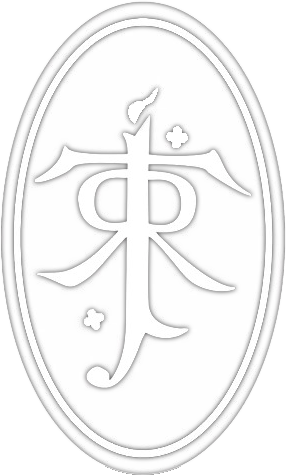

It was published on 21 September 1937 to wide critical acclaim, being nominated for the Carnegie Medal and awarded a prize from the New York Herald Tribune for best juvenile fiction. The book remains popular and is recognized as a classic in children's literature.
The Hobbit is set within Tolkien's fictional universe and follows the quest of home-loving Bilbo Baggins, the titular hobbit, to win a share of the treasure guarded by Smaug the dragon. Bilbo's journey takes him from light-hearted, rural surroundings into more sinister territory.
The story is told in the form of an episodic quest, and most chapters introduce a specific creature or type of creature of Tolkien's geography. Bilbo gains a new level of maturity, competence, and wisdom by accepting the disreputable, romantic, fey, and adventurous sides of his nature and applying his wits and common sense. The story reaches its climax in the Battle of Five Armies, where many of the characters and creatures from earlier chapters re-emerge to engage in conflict.
Personal growth and forms of heroism are central themes of the story, along with motifs of warfare. These themes have led critics to view Tolkien's own experiences during World War I as instrumental in shaping the story. The author's scholarly knowledge of Germanic philology and interest in mythology and fairy tales are often noted as influences.
The story began as a sequel to Tolkien's 1937 fantasy novel The Hobbit, but eventually developed into a much larger work. Written in stages between 1937 and 1949, The Lord of the Rings is one of the best-selling novels ever written, with over 150 million copies sold.
The title of the novel refers to the story's main antagonist, the Dark Lord Sauron, who had in an earlier age created the One Ring to rule the other Rings of Power as the ultimate weapon in his campaign to conquer and rule all of Middle-earth. From quiet beginnings in the Shire, a hobbit land not unlike the English countryside, the story ranges across Middle-earth, following the course of the War of the Ring through the eyes of its characters, most notably the hobbits Frodo Baggins, Sam, Merry and Pippin.
Although generally known to readers as a trilogy, the work was initially intended by Tolkien to be one volume of a two-volume set, the other to be The Silmarillion, but this idea was dismissed by his publisher. For economic reasons, The Lord of the Rings was published in three volumes over the course of a year from 29 July 1954 to 20 October 1955. The three volumes were titled The Fellowship of the Ring, The Two Towers and The Return of the King. Structurally, the novel is divided internally into six books, two per volume, with several appendices of background material included at the end. Some editions combine the entire work into a single volume. The Lord of the Rings has since been reprinted numerous times and translated into 38 languages.